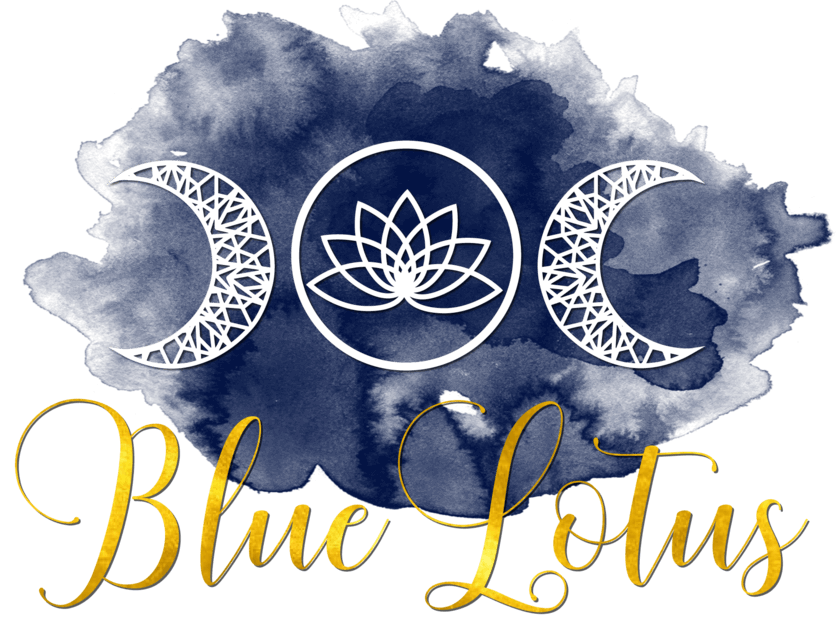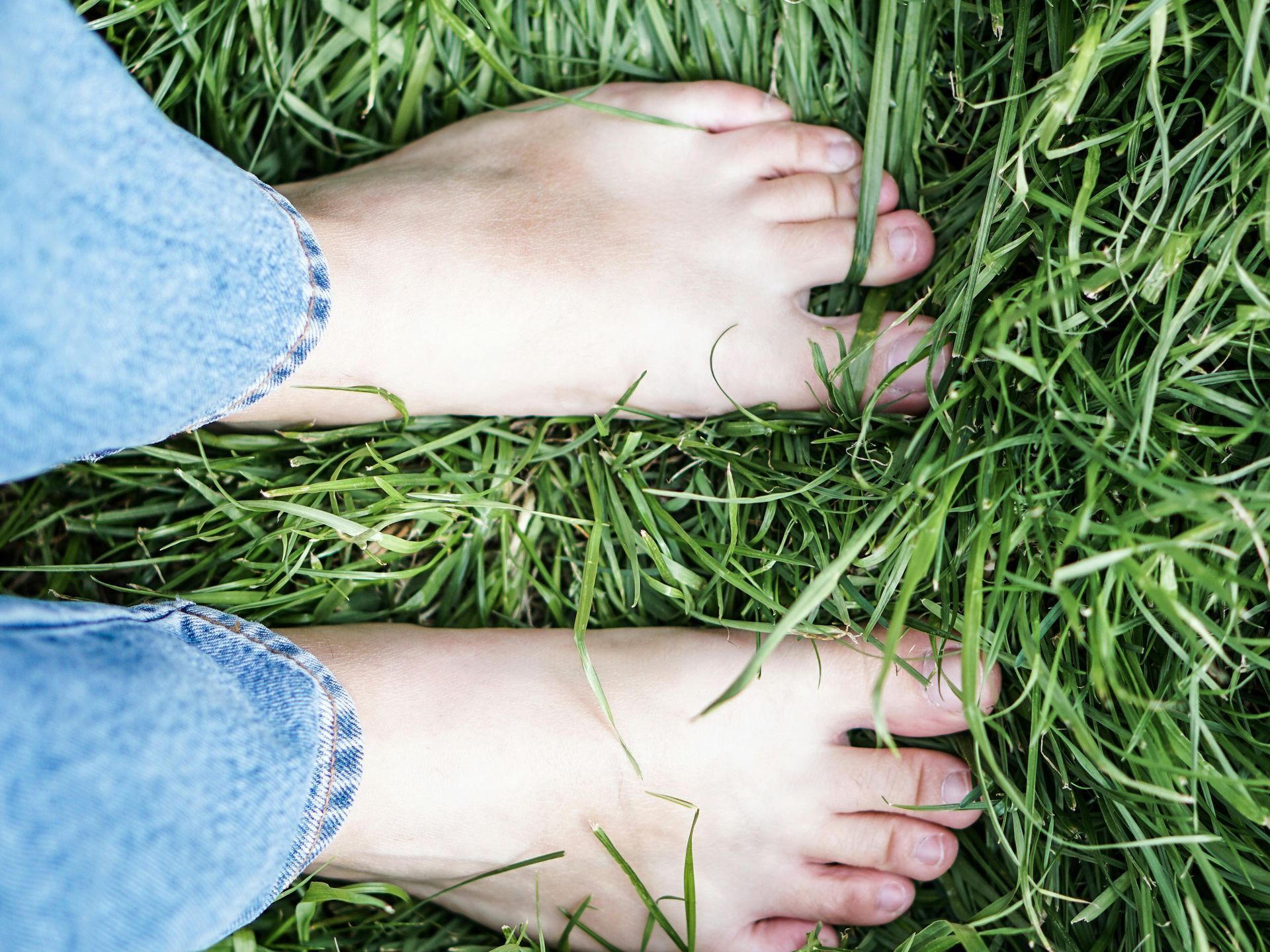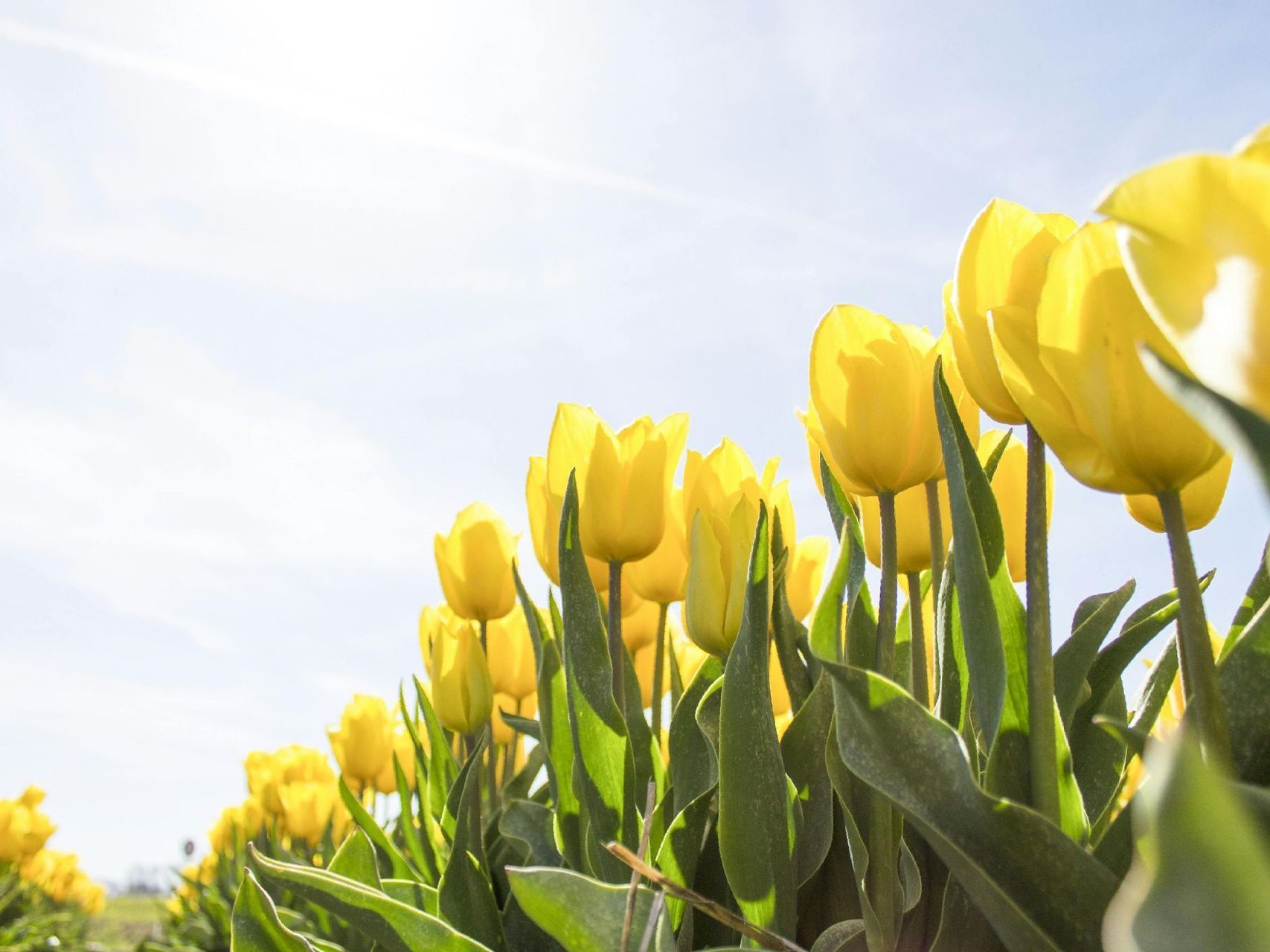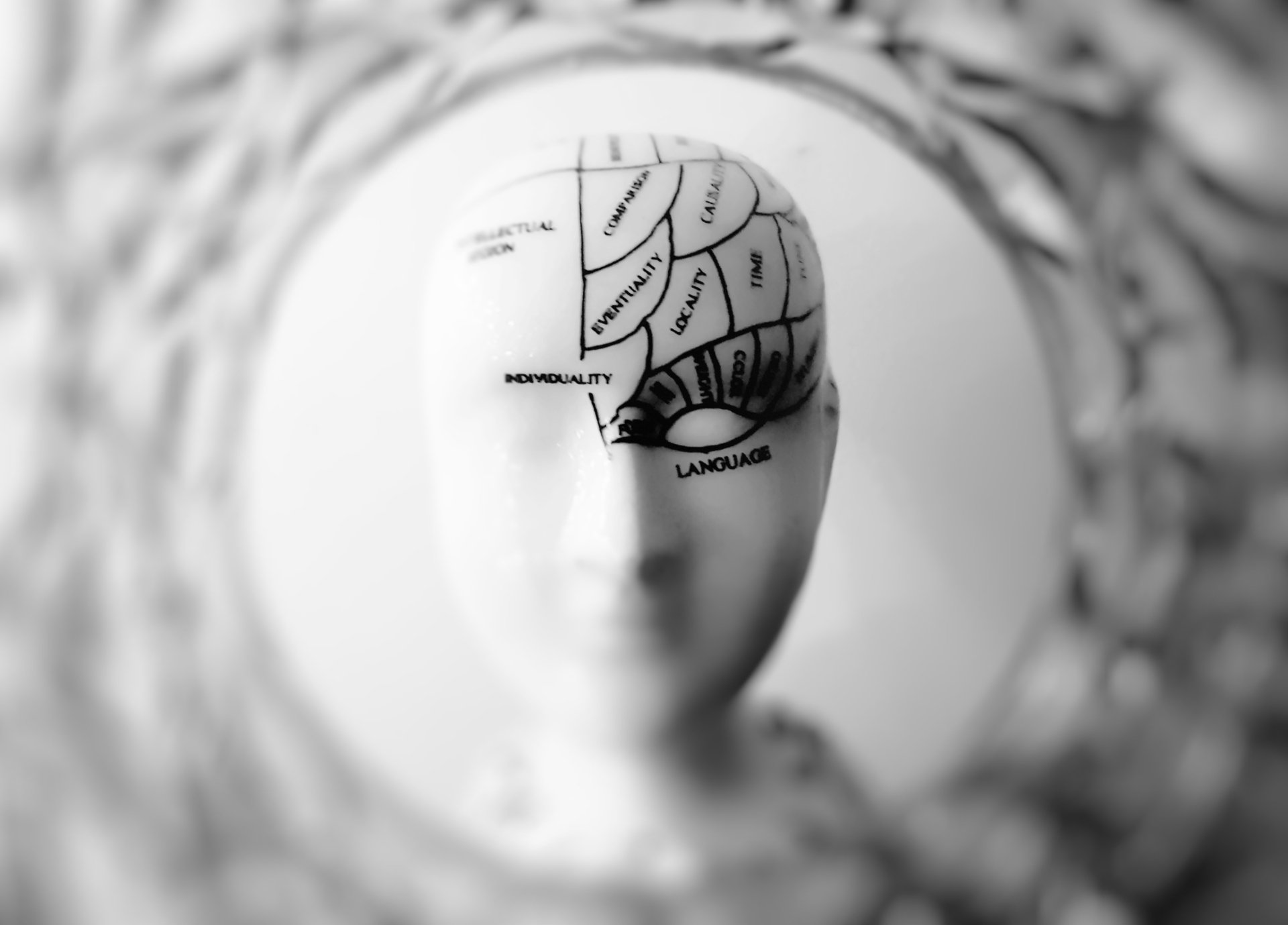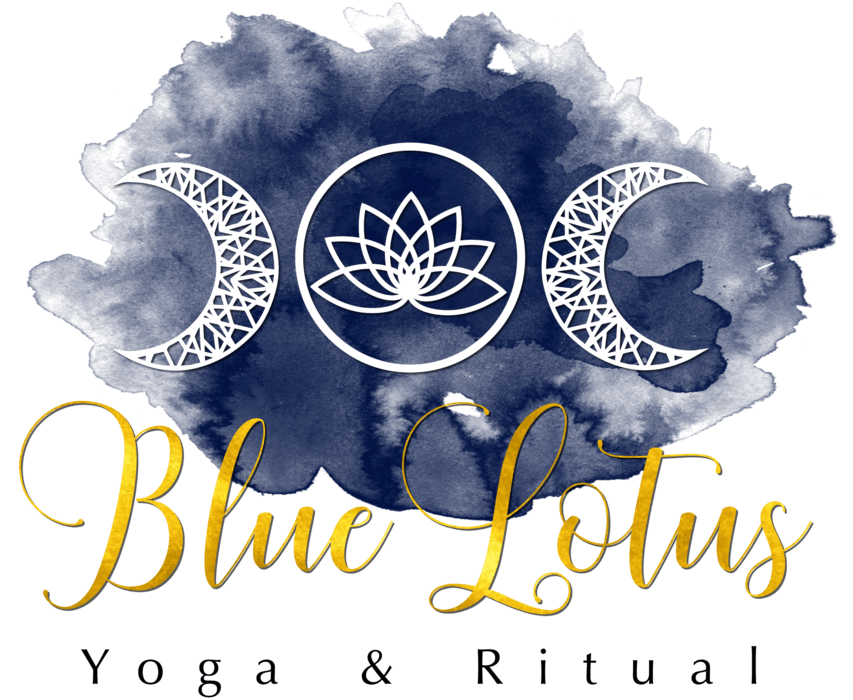Disconnect to Reconnect
The healing powers when taking time out from tech

In our fast-paced, technology-driven world, finding moments of peace and stillness can seem like a distant dream. Our smartphones, with their constant notifications and endless streams of information, often keep us tethered to the digital world, leaving little room for genuine connection with ourselves and the world around us.
Yoga, with its ancient wisdom and holistic approach to wellness, offers a much-needed escape from the tech frenzy. Let's explore the profound health benefits of taking a break from your iPhone and immersing yourself in the practice of yoga.
1. Mental Clarity and Focus: Constant exposure to screens can overwhelm our minds, leading to stress, anxiety, and mental fatigue. Yoga provides a sanctuary where you can unplug, quiet the mental chatter, and cultivate inner peace. Through mindful breathing techniques and meditative practices, yoga enhances mental clarity, sharpens focus, and promotes a sense of calmness that extends far beyond the mat.
2. Improved Posture and Spinal Health: Hours spent hunched over smartphones and laptops can wreak havoc on our posture, leading to neck pain, backaches, and spinal misalignment. Yoga postures, such as Cat-Cow, Cobra, and Mountain Pose, help counteract the effects of prolonged sitting and screen time by strengthening the muscles that support the spine and promoting healthy alignment. A regular yoga practice can alleviate tension in the neck and shoulders, improving overall posture and spinal health.
3. Enhanced Physical Strength and Flexibility: While technology has undoubtedly revolutionised our lives, it has also contributed to a more sedentary lifestyle for many. Yoga offers a holistic approach to health & fitness that combines strength, flexibility, and balance. From dynamic flows that build muscle strength to deep stretches that release tension, yoga poses work synergistically to tone the body and increase flexibility. By incorporating yoga into your routine, you can counterbalance the physical effects of prolonged screen use and cultivate a healthier, more resilient body.
4. Stress Reduction and Emotional Well-being: The constant barrage of notifications, emails, and social media updates can take a toll on our mental and emotional well-being. Yoga serves as a powerful antidote to stress, offering a safe space to release tension, quiet the mind, and reconnect with our inner selves. Through practices such as yoga nidra (guided relaxation) and pranayama (breathwork), we can activate the body's relaxation response, reduce cortisol levels, and promote a sense of emotional balance and well-being.
5. Deeper Connection with Nature and Community: As we immerse ourselves in the digital realm, we risk becoming disconnected from the natural world and the people around us. Yoga encourages us to unplug from our devices and reawaken our senses to the beauty of the present moment. Whether practicing yoga outdoors amidst the tranquility of nature or joining a community class with like-minded individuals, yoga fosters a sense of connection – to ourselves, to each other, and to the world we inhabit.
In conclusion, while technology undoubtedly offers many benefits, it's essential to recognise the importance of balance and moderation. By taking regular breaks from our iPhones and incorporating yoga into our lives, we can reclaim our health, restore balance, and cultivate a deeper sense of well-being in an increasingly tech-driven world.
So, the next time you feel overwhelmed by the digital noise, remember to disconnect to reconnect – your body, mind, and soul will thank you for it.

